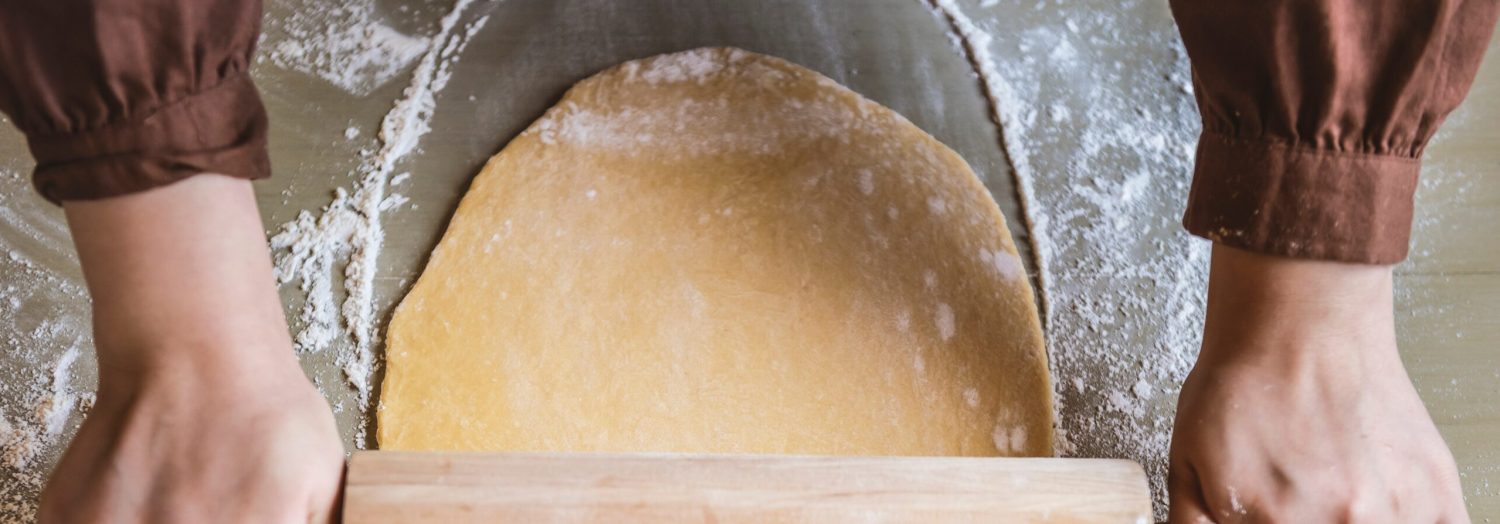Crafting your own wine at home can be a rewarding and enjoyable experience. This simple recipe allows you to create a delightful beverage with minimal ingredients and effort. Whether you're a seasoned homebrewer or a curious beginner, this guide will help you produce a delicious wine that you can proudly share with friends and family.
One of the key ingredients in this recipe is wine yeast, which might not be a common household item. When visiting the supermarket, look for it in the baking or brewing section. Additionally, ensure that the grape juice you purchase is free from preservatives, as these can interfere with the fermentation process.

Ingredients For Wine Recipe
Grape juice: The base of your wine, providing the essential flavors and sugars needed for fermentation.
Sugar: Adds additional sweetness and helps to increase the alcohol content during fermentation.
Wine yeast: A specialized yeast that converts the sugars in the grape juice into alcohol, crucial for the fermentation process.
Technique Tip for This Recipe
When adding sugar to the grape juice, make sure it is completely dissolved before introducing the wine yeast. This ensures that the yeast has an even distribution of sugar to feed on, promoting a more consistent fermentation. Additionally, consider using a hydrometer to measure the specific gravity of the mixture before and after fermentation to track the alcohol content accurately.
Suggested Side Dishes
Alternative Ingredients
grape juice - Substitute with apple juice: Apple juice can provide a similar sweetness and acidity, though the flavor profile will be different.
grape juice - Substitute with cranberry juice: Cranberry juice offers a tartness that can mimic the acidity of grape juice, though it will result in a different flavor.
sugar - Substitute with honey: Honey can add a different depth of sweetness and some floral notes, but it may slightly alter the fermentation process.
sugar - Substitute with agave syrup: Agave syrup is a natural sweetener that can replace sugar, offering a similar sweetness level with a slightly different flavor.
wine yeast - Substitute with champagne yeast: Champagne yeast is a good alternative as it can handle higher alcohol levels and will still ferment the juice effectively.
wine yeast - Substitute with bread yeast: Bread yeast can be used in a pinch, though it may not produce as refined a flavor and could result in a lower alcohol content.
Other Alternative Recipes
How to Store or Freeze This Dish
- Store your homemade wine in a cool, dark place, ideally between 50-60°F. This helps maintain its flavor and prevents spoilage.
- Use dark glass bottles to protect the wine from light exposure, which can degrade its quality over time.
- Ensure the bottles are sealed tightly with corks or screw caps to prevent air from entering and oxidizing the wine.
- Label each bottle with the date of bottling and the type of wine for easy identification.
- If you plan to age the wine, store the bottles on their sides to keep the corks moist, which helps maintain a good seal.
- For short-term storage, a wine rack in a pantry or basement works well. For long-term storage, consider investing in a wine fridge or cellar.
- To freeze wine, pour it into airtight, freezer-safe containers, leaving some space for expansion. This is useful for cooking purposes, such as adding to soups or sauces.
- Thaw frozen wine in the refrigerator overnight before using it. Note that freezing may alter the texture slightly, making it less ideal for drinking but still perfect for culinary uses.
- Avoid storing wine near strong-smelling foods like onions or garlic, as wine can absorb odors over time.
- Regularly check your stored wine for any signs of spoilage, such as off smells or unusual cloudiness, to ensure it remains in good condition.
How to Reheat Leftovers
- Pour the wine into a saucepan and gently heat over low flame. Stir occasionally to ensure even warming. Avoid boiling to preserve the delicate flavors.
- Use a microwave-safe glass or ceramic container. Heat the wine in the microwave on medium power for 20-30 seconds. Stir and check the temperature, repeating if necessary.
- For a more traditional approach, place the wine bottle in a pot of warm water. Heat the water gently, ensuring it doesn’t reach boiling point, until the wine is warmed through.
- If you have a sous-vide machine, set it to 130°F (54°C). Place the wine in a sealed bag and immerse it in the water bath for about 10-15 minutes.
- For a quick and even method, use a double boiler. Pour the wine into the top section and gently heat over simmering water, stirring occasionally.
Best Tools for This Recipe
Fermentation vessel: A container where the grape juice, sugar, and yeast will be mixed and allowed to ferment. It should be large enough to hold at least 1 gallon of liquid and have an opening that can be sealed with an airlock.
Airlock: A device that allows gases to escape from the fermentation vessel while preventing contaminants from entering. It helps maintain a clean environment for the wine to ferment.
Siphon: A tube used to transfer the wine from the fermentation vessel to the bottles without disturbing the sediment that has settled at the bottom.
Bottles: Containers used to store the finished wine. They should be clean and sanitized before use to prevent contamination.
Bottle seals: Caps or corks used to seal the bottles after the wine has been siphoned into them. They help preserve the wine and prevent spoilage.
Sanitizer: A solution used to clean and sanitize all equipment before use. This is crucial to prevent any unwanted bacteria or yeast from contaminating the wine.
Stirring spoon: A long-handled spoon used to mix the grape juice, sugar, and yeast thoroughly in the fermentation vessel.
Measuring cup: A tool used to measure the sugar accurately before adding it to the grape juice.
How to Save Time on This Recipe
Prepare ingredients in advance: Measure out the grape juice, sugar, and wine yeast before starting to streamline the process.
Use warm water: Dissolve the sugar in a small amount of warm water before adding it to the grape juice to speed up the process.
Pre-sanitize equipment: Clean and sanitize all your equipment the day before to save time on the day of preparation.
Use a funnel: Use a funnel to pour the grape juice into the fermentation vessel to avoid spills and save cleanup time.
Label bottles: Prepare labels for your bottles while the wine is fermenting to save time later.

Wine Recipe
Ingredients
Main Ingredients
- 1 gallon Grape juice Preferably without preservatives
- 2 pounds Sugar
- 1 packet Wine yeast
Instructions
- 1. Clean and sanitize all equipment.
- 2. Pour grape juice into the fermentation vessel.
- 3. Add sugar and stir until dissolved.
- 4. Add wine yeast and stir well.
- 5. Attach airlock to the vessel and let it ferment for 4-6 weeks.
- 6. Siphon wine into bottles and seal.
Nutritional Value
Keywords
More Amazing Recipes to Try 🙂
- Cafe Latte Recipe10 Minutes
- Pennsylvania Dutch Pickled Beets and Eggs Recipe25 Minutes
- Sweet and Sour Meatballs Recipe45 Minutes
- Ham and Potato Soup Recipe45 Minutes
- Copycat Crunchwrap Supreme Recipe30 Minutes
- White Chicken Chili Recipe45 Minutes
- Peanut Butter Banana Smoothie Recipe5 Minutes
- Teriyaki Sauce Recipe15 Minutes

Leave a Reply